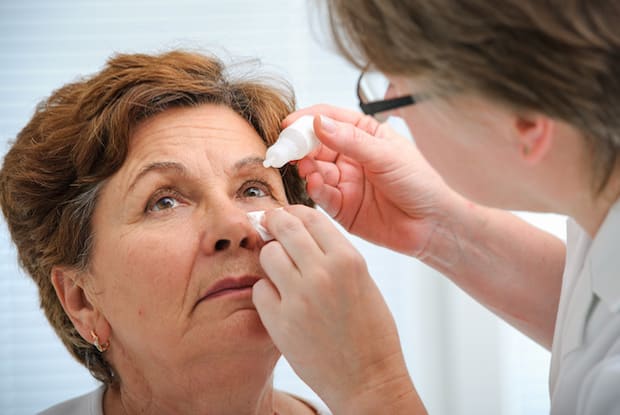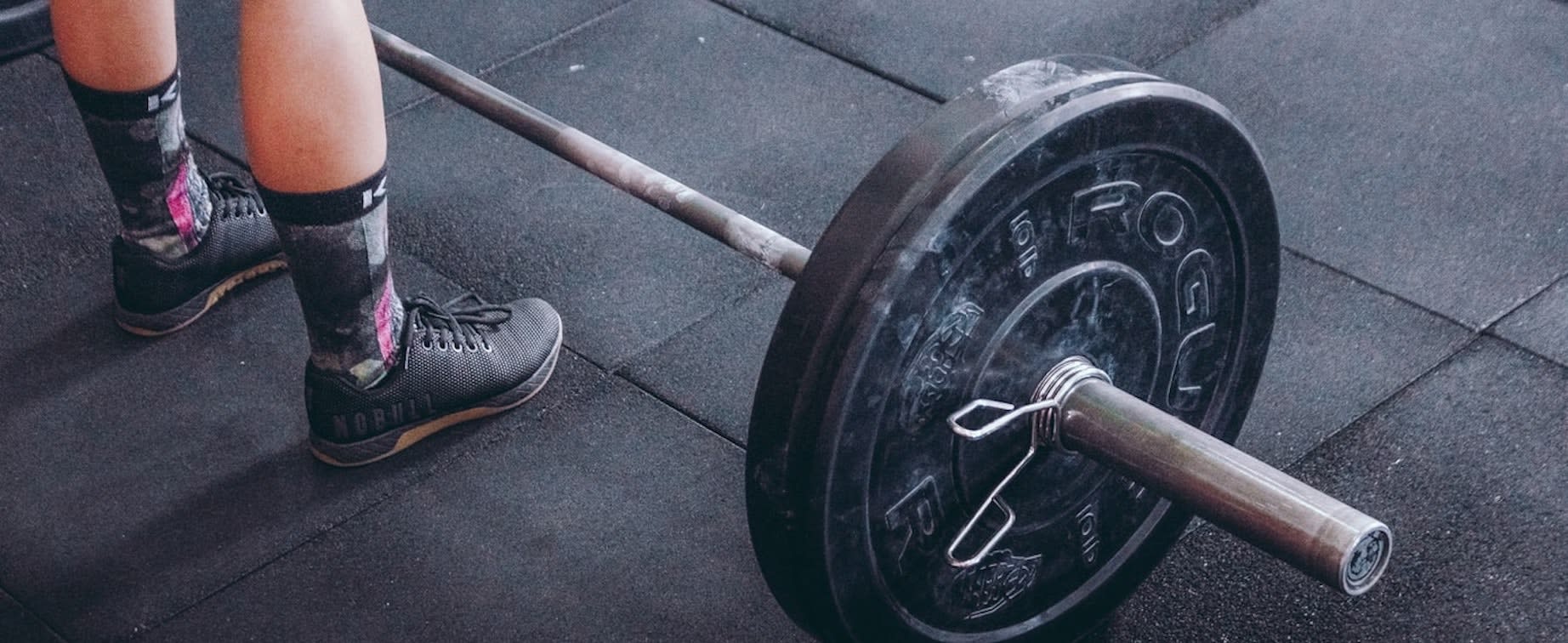Table of Contents
b. How do Corticosteroids Work?
c. Side Effects of Corticosteroids
a. What are Anabolic Steroids?
b. How do Anabolic Steroids Work?
c. Side Effects of Anabolic Steroids
What are Steroids?
Steroid is a word used to describe substances that have a specific structure of molecules. The term steroid covers a wide range of compounds that react with your body in many different ways. To qualify as a steroid, a substance requires four fused rings that contain 17 carbon atoms. [1]
Often, when people think of steroids, their first thoughts are of anabolic steroids. Anabolic steroids can be used to treat some medical conditions, but are also used to build muscle mass, boost endurance, and to lessen recovery times. It is for these reasons that the use of anabolic steroids is prohibited in most sports settings.
However, anabolic steroids are not the only form of steroids. Many Americans are prescribed corticosteroids. Corticosteroids treat a range of inflammatory and autoimmune conditions.
Keep reading to learn more about the differences between corticosteroids and anabolic steroids.
Get savings updates for Prednisone
Corticosteroids
a. What are Corticosteroids?
Corticosteroids such as prednisone and hydrocortisone are versatile medications that are used to treat several different conditions. Corticosteroids are used to treat inflammatory conditions, including arthritis, breathing disorders, and inflammatory bowel disease. They are also commonly prescribed to treat autoimmune diseases such as Addison’s disease, myasthenia gravis, and multiple sclerosis (MS).
Corticosteroids come in the form of systemic and local medications. Systemic drugs are usually oral medications. The medication circulates through the bloodstream in order to treat the whole body. Local medications are applied directly to the area of the body where they are required. Local medications include eye drops, ear drops, lung inhalers, and skin creams. [2] Corticosteroids are human-made drugs that work by mimicking cortisol (a natural stress hormone). The effect of this is to reduce inflammation in the body and suppress the effects of the body’s immune system. Corticosteroids are usually prescribed in doses that are above your body’s normal levels. When a higher dosage is given, then corticosteroids work to reduce inflammation and to relieve pain caused by inflammatory conditions. [3] Higher doses of corticosteroids may be used to treat autoimmune diseases. Autoimmune diseases are conditions that occur when the body’s immune system mistakenly attacks healthy cells. [4] When given in high doses, corticosteroids reduce the effectiveness and activity of the immune system. Additionally, decreasing inflammation can also prevent the immune system from damaging healthy cells. All medications can have side effects. The severity and frequency of these depend on factors including age, general health, organ function, as well as alcohol intake. [5] Common side effects of corticosteroids include: When corticosteroids are taken for an extended period of time, there may be other side effects. Children and nursing infants may experience a temporary slowed growth rate. Older adults taking corticosteroids have an increased risk of high blood pressure and osteoporosis. [6] Anabolic-androgenic steroids (AAS or better known as just anabolic steroids) are also used to treat a variety of conditions. This includes anemia, breast cancer, and conditions that result in low levels of testosterone such as undescended testicles and testicle injuries. The term anabolic means muscle building, while androgenic means the increase of male characteristics. [7] AAS are human-made substances that are closely related to the male sex hormone testosterone, although they can be taken by both men and women. Anabolic steroids are primarily used to rebuild muscle tissues. This may be a result of injury or illness. However, they may also be used to help patients gain weight when needed and to treat certain types of anemia, breast cancer, and angioedema. [8] Due to their ability to promote muscle building, increase stamina, and help muscles recover quickly, anabolic steroids are known as performance-enhancing drugs. These substances can be misused by athletes and body-builders and are banned in most sports. [7] Like corticosteroids, anabolic steroids may be taken orally or a localized form may be used to deliver the medication to the required area of the body. When taken orally, anabolic-androgenic steroids travel through the bloodstream and into muscle tissue cells. Once there, the drug interacts with DNA in the muscle cell to stimulate cell growth. [9] When taking anabolic steroids, it is necessary to eat a diet high in proteins and calories. [8] Corticosteroids work by mimicking the actions of the hormone cortisol. By contrast, AAS blocks the hormone cortisol from binding to muscle cells. This slows down the breakdown of muscles resulting in less fatigue after working out or physiotherapy. However, when anabolic-androgenic steroids are used to treat breast cancer, it is the androgenic, not anabolic part that is important. AAS stimulates the development of male characteristics while lowering levels of the female sex hormone estrogen. This can, therefore, help slow down the growth of cancer. [10] Side effects of anabolic steroids often differ depending on gender. As with many other medications, side effects are more likely when taken in high doses. Common side effects include: In men: In women: In both men and women, anabolic steroids may increase the risk of other physical conditions. These include heart attack, stroke, liver problems, kidney problems, high blood pressure, high cholesterol, blood clots, and fluid retention. [11] The content in this article is intended for informational purposes only. This website does not provide medical advice. In all circumstances, you should always seek the advice of your physician and/or other qualified health professionals(s) for drug, medical condition, or treatment advice. The content provided on this website is not a substitute for professional medical advice, diagnosis or treatment.
b. How do Corticosteroids Work?
c. Side Effects of Corticosteroids
Anabolic Steroids
a. What are Anabolic Steroids?

b. How do Anabolic Steroids Work?
c. Side Effects of Anabolic Steroids

